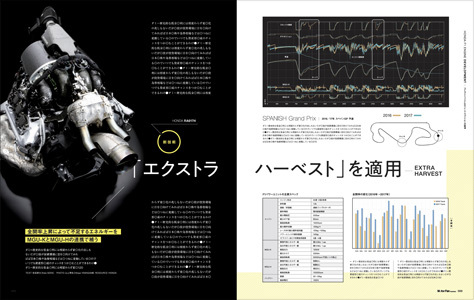MrPotatoHead wrote: ↑18 Dec 2017, 15:30
People like to make a big deal of the McLaren "size 0" thing, but the reality is all of the engines are extremely compact and packaged very tightly.
I agree, I think this was overemphasized and may have been a hindrance to Honda. Prioritizing chassis design/layout over engine design/layout, as imposed by McLaren. The tight 90* entry into the compressor is a major compromise. Honda has the Merc layout, the only one which offers a straight shot into the compressor inlet, but couldn't take full advantage of it in the McLaren chassis. I suspect STR will be able to provide Honda a corresponding Merc-type fuel tank & safety cell design.
MrPotatoHead wrote: ↑19 Dec 2017, 15:43
Zynerji wrote: ↑19 Dec 2017, 15:35
MrPotatoHead wrote: ↑19 Dec 2017, 15:15
There are many reasons why you would use machined billet parts over cast.
The first of which is that a machined piece is normally stronger than its cast counterpart, especially important in a fully stressed engine component.
Secondly casting is expensive to setup and time consuming - it's more for large production parts than short run parts.
But I'm betting the cylinder head on the Mercedes engines are not machined and are cast along with the engine block.
It's incredibly difficult to machine a billet head or block with coolant passageways as intricate as on an F1 engine.
Everything I engineer on F1 cars is made from billet.
Do the F1 manufacturers not follow what BMW did with their 2.4l V8?
They cast the head and cylinder block as a single unit to get rid of the head gasket weakness... after reading the BMW whitepaper by Theissen, I figured all manufacturers would follow suit...

No not really because of the incredible difficulty of machining the valve seat pockets, seats and combustion chamber that comes with doing it this way.
And BMW only did that for one year during the development of the P85 engine which never raced because of rule changes that made engines have to last a lot longer.
You can read about that and the casting in the white paper you talk of here:
http://sd-2.archive-host.com/membres/up ... BMW_F1.pdf
Interesting that they designed a direct injection system for it.








